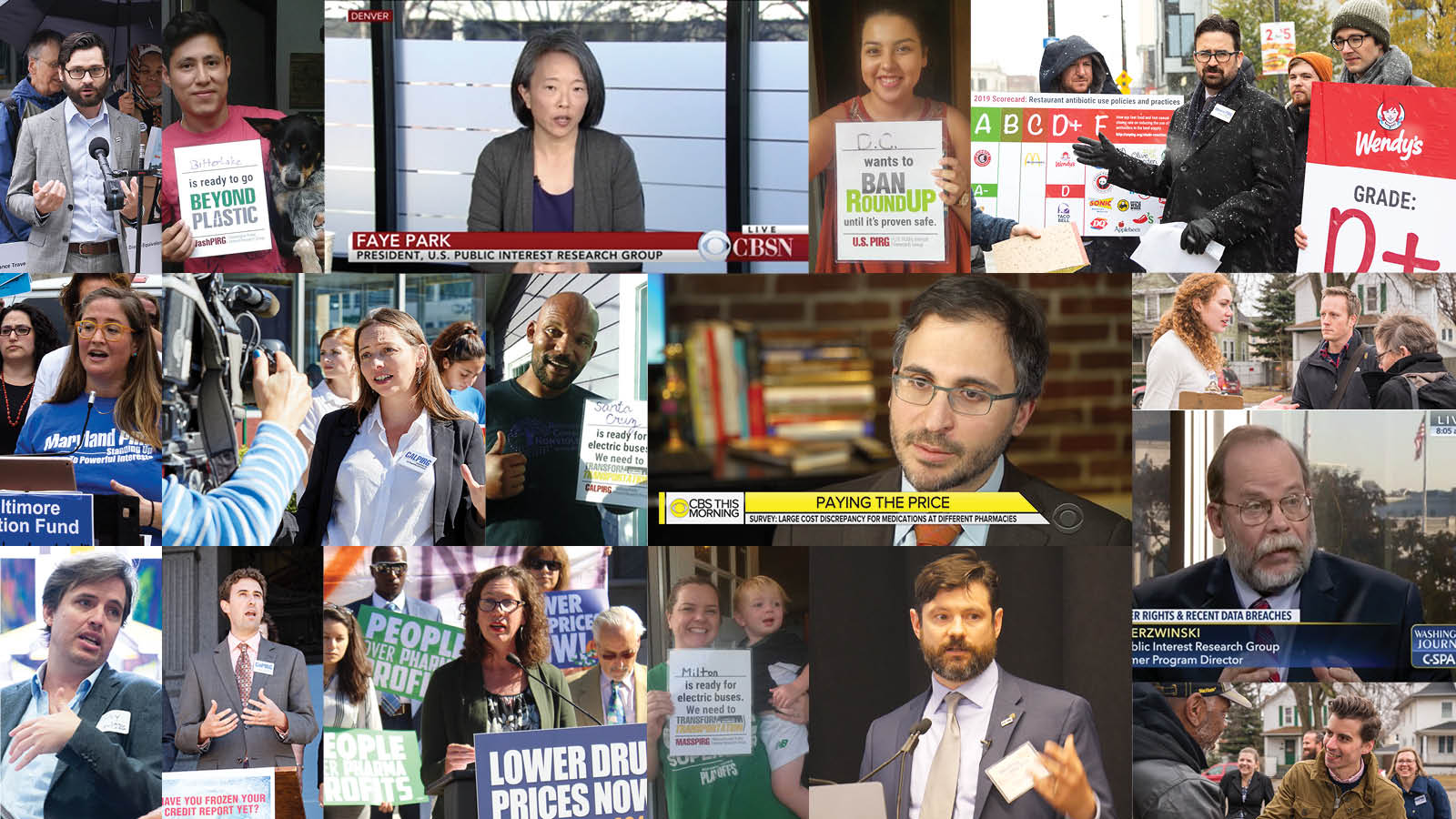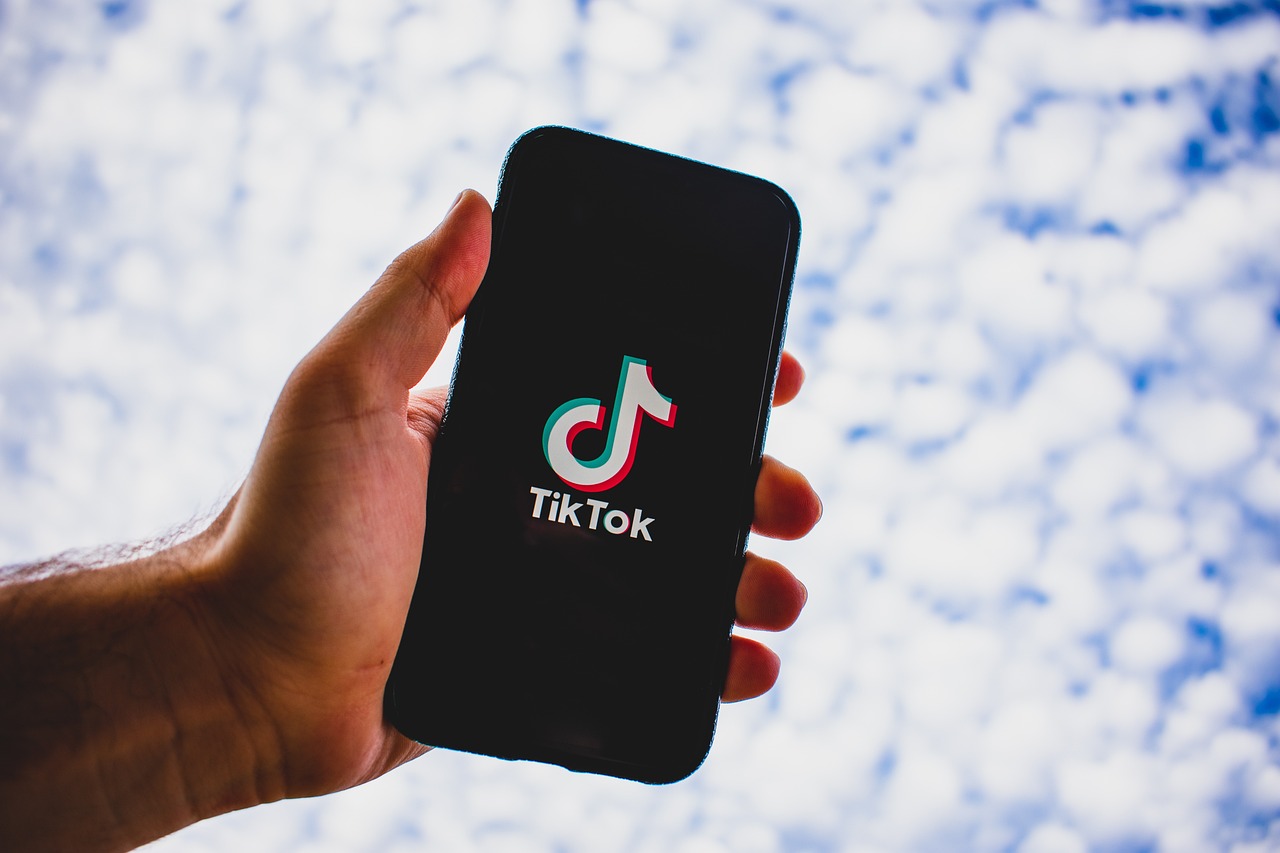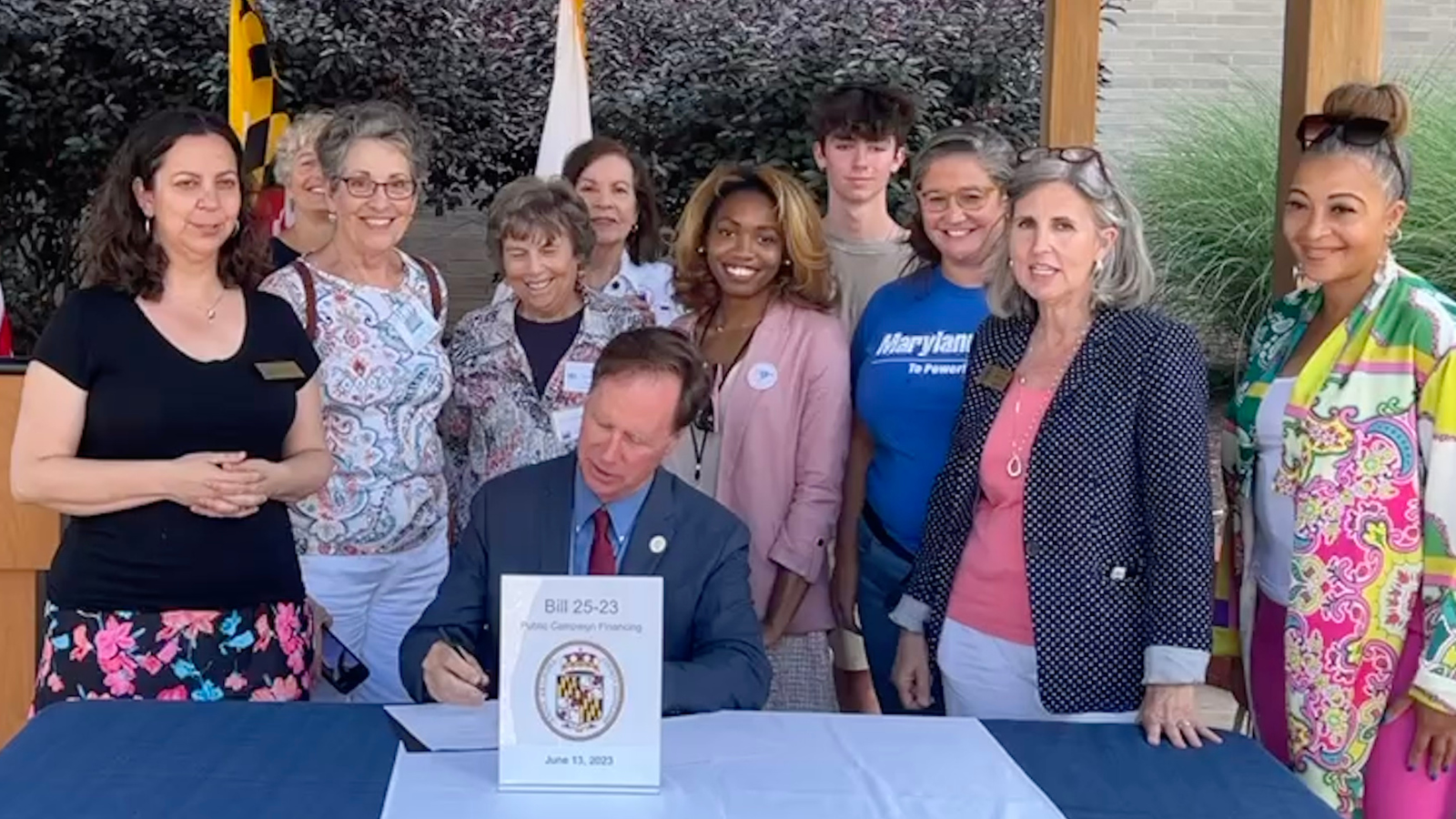To hold safe elections during COVID-19, PIRG is focusing on the states
Protecting our elections will require an all-hands-on-deck effort from state and federal governments, local election officials, policy experts, non-profits, civic groups and citizens. U.S. PIRG is a federation of state-based organizations with decades of experience generating support for and winning policies that improve our democracy. As such, while supporting the federal reforms, we are best-positioned to help drive the state level part of this effort. Here’s where we stand right now, and what we plan to do going forward.

The effort to contain the COVID-19 pandemic requires actions and responses from everyone, including transnational global entities, individuals and everything in between. To varying extents, all of us have learned more about disease testing and supply chain management than we ever thought possible. We now know all too well that while the solution to a huge problem might be simple and intuitive — we need widespread, easily-accessible testing to get a handle on the outbreak — any breakdown anywhere can completely derail the process.
The same is true for protecting America’s system of voting. As with all communal activities, the pandemic threatens our ability to safely run elections. And like testing, the solution to ensuring safe voting at first blush sounds relatively simple: just let everyone vote by mail. But it’s hard to overstate just how much of a challenge “letting everyone vote by mail” poses for state and municipal governments. As a recent New York Times article noted, “the boring stuff matters.”
Protecting our elections will require an all-hands-on-deck effort from state and federal governments, local election officials, policy experts, non-profits, civic groups and citizens. U.S. PIRG is a federation of state-based organizations with decades of experience generating support for and winning policies that improve our democracy. As such, while supporting the federal reforms, we are best-positioned to help drive the state level part of this effort.
Here’s where we stand right now, and what we plan to do going forward.
In a system where states control elections, Congress’ role is to provide the emergency funds necessary for states to implement the required changes. While Congress has allocated some money, it isn’t enough. Large coalitions of organizations representing a broad array of constituencies, including U.S. PIRG, have come together and used their membership and Capitol Hill expertise to push for the billions of additional dollars states need.
Of course, money alone won’t make voting safer. States have to develop and implement plans to spend that money wisely. Election administrators and experts have been working hard since the outbreak started to create bespoke, state-by-state plans that would help ensure everyone can vote safely and securely in November. Many of these plans, often based in experience, provide a framework for every state to work with.
But even when you have the money and good ideas, history shows that’s rarely enough to overcome inertia, much less political opposition. And despite the fact that creating safe, secure elections is broadly popular across party lines, the effort faces real political opposition — especially at the national level. At the state level, overcoming that opposition will require transpartisan on-the-ground organizing, know-how and grassroots energy. To that effect, state-level coalitions and local media campaigns have come together, all leading to action and policy change.
As we move forward with COVID-19 voting plans for the fall, we need to learn from the post-outbreak elections that states have held, noting their successes and failures. These last-minute scrambles to revamp and shore up election systems on the fly, without sufficient time and resources, have unsurprisingly yielded mixed results. For example, while partisan fighting helped lead to an Election Day debacle in Wisconsin, Maryland acted early and decisively to demonstrate a better way.
With less than six months before Election Day, we do not have time to wait to implement the necessary changes. Even if Congress has not yet allocated the necessary additional money, states and localities must advance safe voting measures. U.S. PIRG is taking the simple idea that everyone needs to be able to vote safely, and using our knowledge and relationships to advance the specific case for reform in each state where we operate.
From helping to pass motor voter laws in the 1990s to automatic voter registration reforms in Colorado, Illinois, Maryland and Massachusetts in the 2010s, U.S. PIRG has worked with our state offices to win victories for our democracy. The lessons from those campaigns, like how to build a broad transpartisan coalition, are more relevant now than ever. Now, in the face of COVID19, we’re using our history and track record in the states to expand voting options and ensure that come November, no one has to choose between their health and their right to vote.
Topics
Authors
Joe Ready
Find Out More

TexPIRG fall update

How misinformation on social media has changed news

Small donor public financing victory in Anne Arundel County


